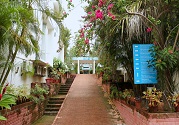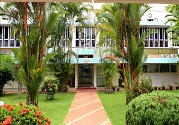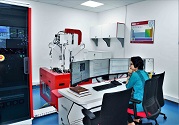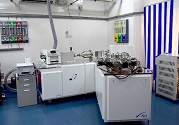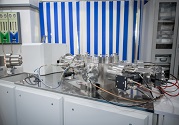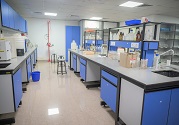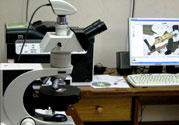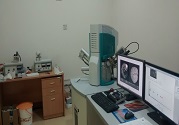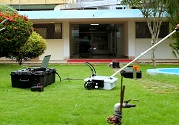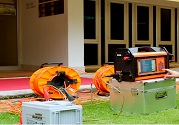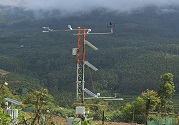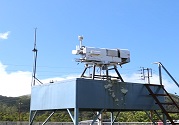- Geodynamic evolution of Archean cratons, Proterozoic mobile belts, Western Ghats & Active Subduction Zones
- Internal structure of volcanic eruptive centers by Muon Tomography
- Deep lithospheric and asthenospheric structures; Insights into Indian Ocean Geoid Low & Origin of shear zones
- Early Earth differentiation processes
- Hydrocarbon fluid inclusions in sedimentary basins of India
- Slope stability and landslide
- Coastal ocean dynamics and boundary exchanges, their role on climate regulations
- Origin, evolution and paleoclimatic implications of estuarine-continental margin sediments
- Submarine Groundwater Discharge (Phase-II)
- Critical zone studies of Peninsular India
- River and ground water hydrology of Peninsular India
- Evolution and water potential of natural springs of India
- Bio-geochemistry and nutrient fluxes of rivers and coastal environments
- Thermodynamical and microphysical processes of clouds & Cloud-aerosol feedback processes and its influence on weather systems
- Dynamics of thunderstorms and lightning




 RTI Act
RTI Act



